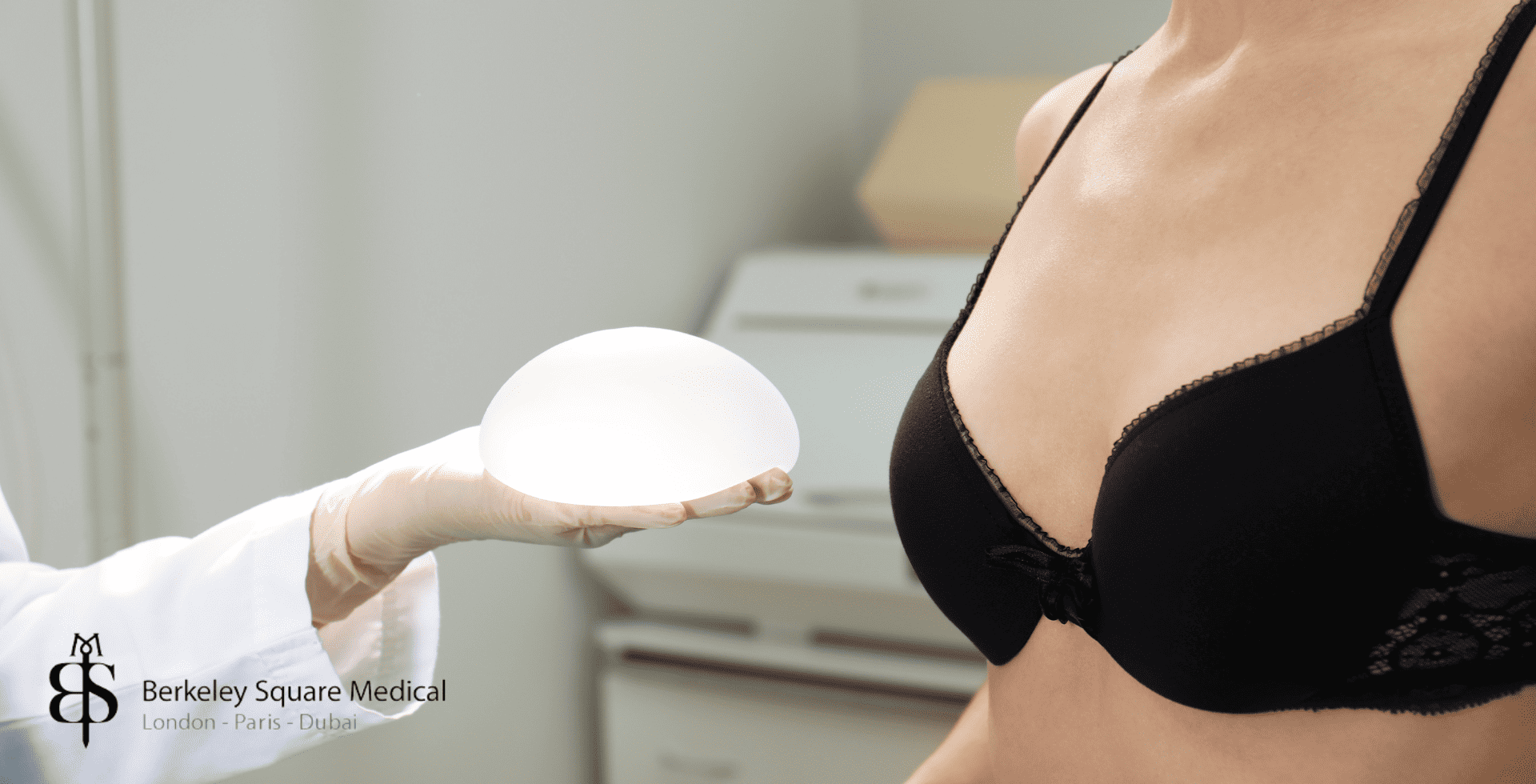
Considering breast augmentation or reconstruction and aiming for a natural-looking result? Anatomical breast implants, also known as teardrop implants, may be the right option for you. Designed to mimic the natural slope and contour of the breast, these implants offer an alternative to traditional round implants—especially for patients seeking subtle enhancement or breast reconstruction after surgery.
In this guide, we’ll explore what anatomical implants are, how they differ from round implants, their benefits and potential drawbacks, and who they’re best suited for. Whether you’re researching for cosmetic reasons or following a mastectomy, understanding your options is key to making an informed and confident decision.
Anatomical breast implants are specially shaped prosthetic devices used in both cosmetic breast augmentation and reconstructive surgery. Their most distinctive feature is their teardrop shape—fuller at the bottom and gently sloping at the top—closely resembling the natural anatomy of the breast.
These implants are typically filled with cohesive silicone gel, sometimes referred to as “gummy bear” gel, which helps them retain their shape while offering a soft, natural feel. One essential feature is their textured outer surface, which helps prevent rotation once placed inside the breast pocket. Rotation can distort the breast shape, so correct positioning is critical.
There are various types of anatomical implants, with differing heights, widths, and projection profiles to suit a wide range of body types and surgical goals. This makes them highly customisable and particularly effective for patients with low natural breast volume or those undergoing post-mastectomy breast reconstruction.
Choosing between anatomical and round breast implants often comes down to aesthetic goals and individual anatomy. While both can enhance breast volume and shape, there are key differences worth considering:
Although many patients choose anatomical implants for their natural-looking results, recent clinical studies suggest that, when comparing implants of the same volume and projection, the visual difference between anatomical and round implants is subtle—and often undetectable to the untrained eye. Nevertheless, for specific patient types (especially those with minimal breast tissue), anatomical implants may offer a more harmonious and realistic result.
Anatomical breast implants are often chosen for their ability to create a more natural breast appearance, particularly in patients with minimal existing tissue. Here are some of the key benefits:
The teardrop design of anatomical implants mimics the slope of a natural breast, with less upper pole fullness and a gently rounded lower half. This makes them ideal for those who want a subtle and realistic enhancement.
These implants add volume primarily to the lower portion of the breast, which helps correct mild breast sagging or volume loss—especially after weight changes, pregnancy, or breastfeeding—without the need for a lift in some cases.
Anatomical implants come in a variety of heights, widths, and projections, allowing surgeons to tailor the result to your body type, breast dimensions, and desired look. This precision makes them suitable for both cosmetic procedures and breast reconstruction after mastectomy.
For patients undergoing breast reconstruction, anatomical implants can restore a natural breast contour more effectively than round implants. They are particularly helpful in cases involving skin-sparing mastectomies or asymmetry corrections.
While anatomical implants offer numerous benefits, it’s important to be aware of potential risks and limitations:
Because these implants are shaped, any rotation can distort the breast’s appearance. Though rare (approximately 5% incidence in some studies), this risk can be minimised with proper surgical technique and implant pocket creation.
Anatomical implants must have a textured surface to prevent rotation. Textured implants have been linked—albeit rarely—to BIA-ALCL, a type of lymphoma associated with certain breast implants. While the overall risk remains extremely low, it’s a crucial discussion point during your consultation.
These implants are often more expensive than round implants due to their design and manufacturing process. They also require more surgical precision, meaning they should be placed by an experienced plastic surgeon familiar with anatomical implant techniques.
In patients with very thin tissue coverage, the defined edges of anatomical implants may become visible or palpable. Proper implant selection and placement can help minimise this issue.
Anatomical breast implants are not right for everyone, but they can be an excellent option in specific cases:
During your consultation, your surgeon will evaluate your anatomy, skin elasticity, goals, and lifestyle to determine if anatomical implants are the best fit for you.
Anatomical implants can be placed under the muscle (submuscular) or in a dual-plane position (partially under the muscle and partially under breast tissue). Most surgeons use an inframammary incision (along the breast fold) or periareolar incision (around the nipple) to ensure precise placement and minimise visible scarring.
Precise pocket creation is critical to prevent rotation and maintain symmetry.
Your surgeon will provide personalized aftercare instructions to ensure proper healing and reduce the risk of complications.
When properly selected and placed, anatomical implants can yield long-lasting, natural-looking results. Studies report high patient satisfaction and complication rates similar to round implants. However, like all implants, they are not lifetime devices and may require replacement or revision over time.
Regular follow-ups and monitoring are essential to maintain results and address any concerns that may arise.
To arrange your consultation, email info@berkeleysquaremedical.com or make your enquiry online.